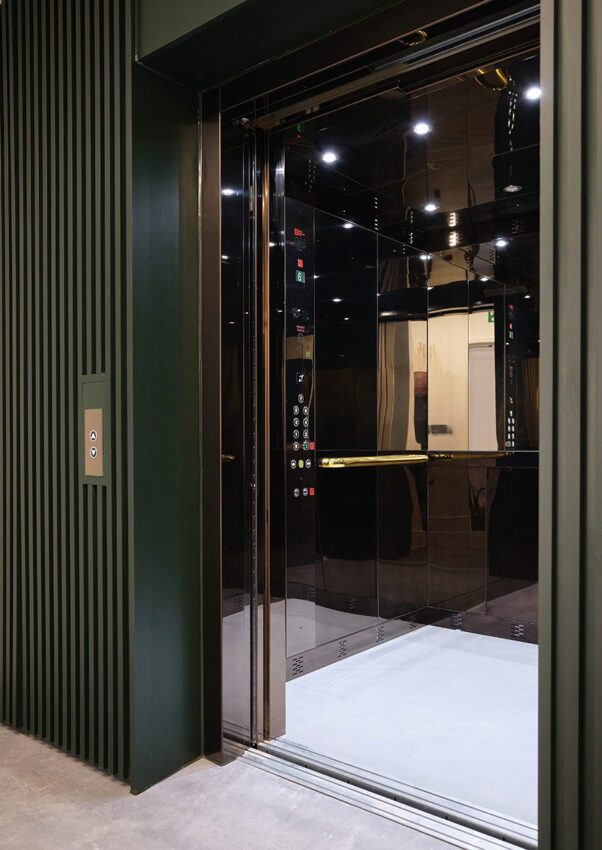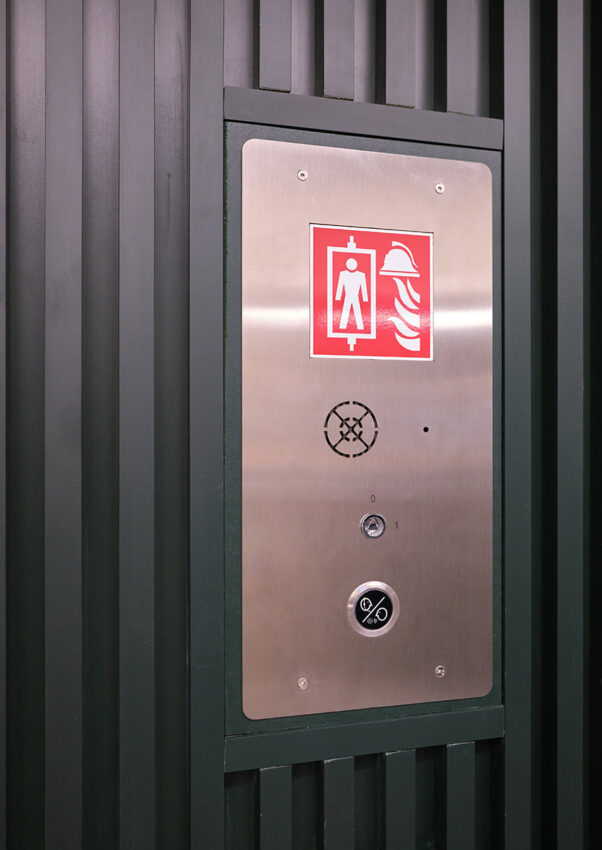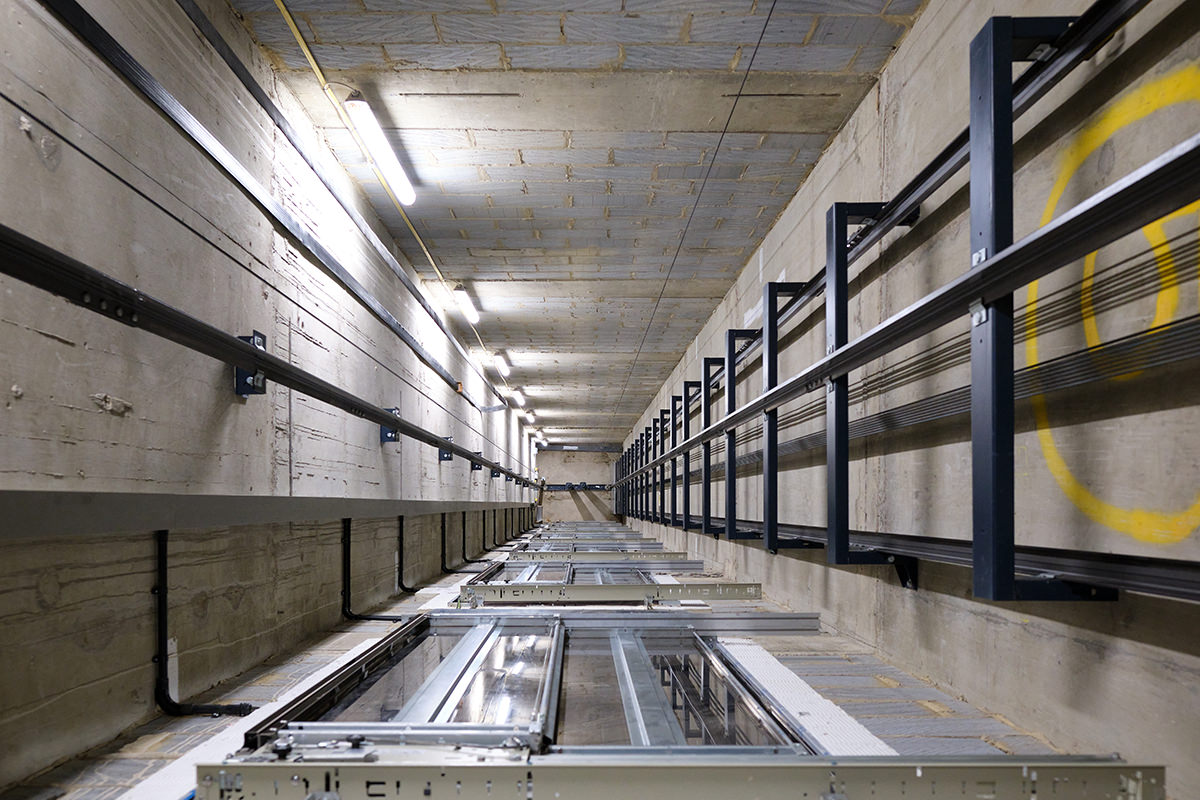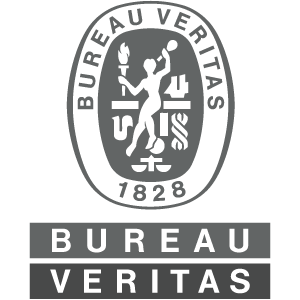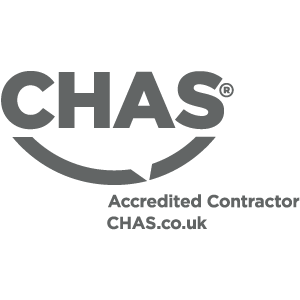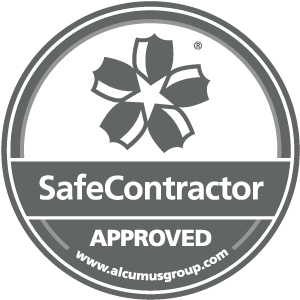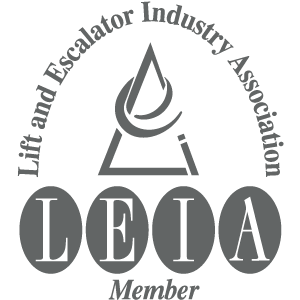Introduction:
EN81-72 is a standard which governs lifts for use by firefighters in emergency situations. A fire fighters lift is defined as a lift installed primarily intended for passengers use which has additional protection, controls and signals, which enable it to be used under the direct control of the fire service.
Firefighting shafts are provided in larger buildings to help firefighters reach floors further away from the building’s main access point. They enable fire fighting operations to start quickly and in comparative safety by providing a safe route from the point of entry to the floor where the fire has occurred.
BS EN 81 discusses safety rules for the construction and installation of lifts. BS EN 81-72 specifies the additional or deviating requirements to EN 81-20:2020 for new passenger and goods passenger lifts, which can be used for firefighting and evacuation purposes under firefighters’ control.
What are Firefighter Lifts?
Fire lifts, designed explicitly for use during emergencies such as fires, serve as vital tools for fire service personnel. These specialised elevators facilitate swift access to various floors, minimising response times crucial for effective firefighting operations. Adhering to rigorous standards, such as EN81-72, fire lifts ensure rapid traversal between floors, with a mandated limit of 60 seconds for travel from the lowest to the highest floor within a 200-meter range.
Primarily utilised to transport firefighters and their equipment swiftly, firefighting lifts play a pivotal role in accessing required floors during emergencies. Their necessity arises in buildings where the highest floor is over 18 meters above the main fire service access level or where the depth of the lowest floor exceeds 10 meters. Moreover, additional firefighting lifts are mandated for structures with expansive floor areas exceeding 900 square meters or as stipulated by specific development requirements.
These lifts are strategically positioned to facilitate the expedited arrival of firefighters equipped with necessary gear and additional personnel to combat fires effectively. It’s important to note that lifts designated for firefighting purposes serve a distinct function from evacuation lifts, emphasising the critical distinction between emergency response and evacuation protocols.
